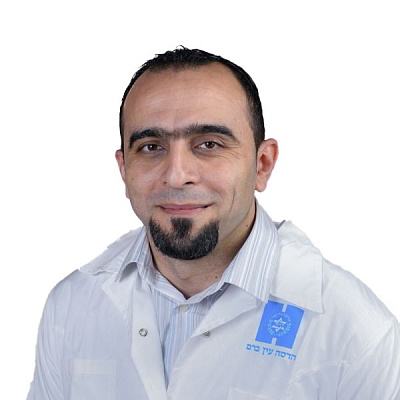
Самер Хатиб
Доктор Самер Хатиб - старший врач и исследователь в отделении офтальмологии. Специалист в области лечения заболеваний сетчатки и стекловидного тела, ведущий хирург по катаракте.
Образование
Специализация
Виды лечения/операций
Научные публикации
Заболевания
Катаракта
Витреальная тракция
Процедуры
Витрэктомия
Пломбирование склеры
Факоэмульсификация
Биомикроскопия
